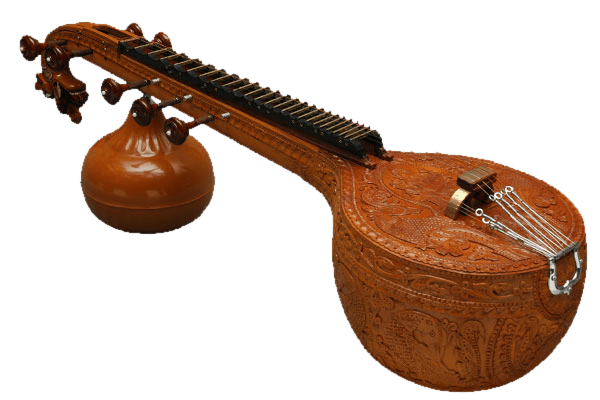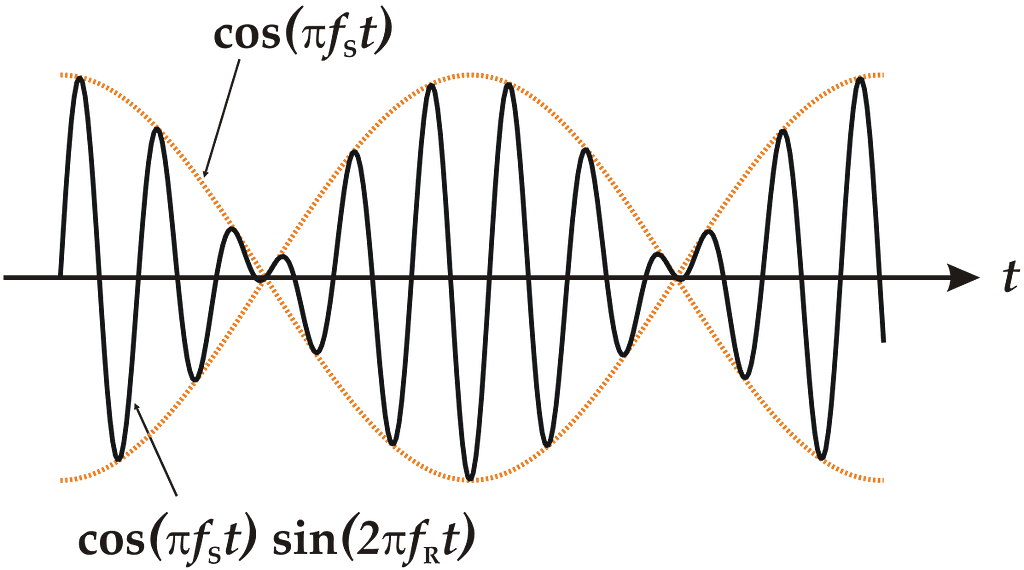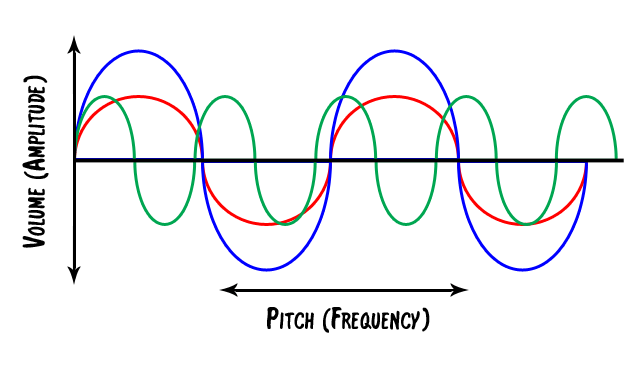The History of a raga or rather, derivation of a raga goes back to the times of Raja Bharat. He was the one who derived 22 sruti’s or tones and timbres of different moods were derived through a technique using two veenas.
Dhruva veena and Chala veena.

The Raga in Karnatic music are classified as “Jatis” or technically similar pattern groups, each “Jati” is distinct as per the difference in their sound sources.
Raga is affected by..
Frequency : The basic measure of sound. It sets a belief in place, psychologically. High frequencies, for example, are shrill and call out to you.
Low frequencies set in motion the understanding of deeper, more within oneself pride or ego. Middle range frequencies are the most important to music and bring out the balance and warmth. These notes go unnoticed directly into the subconscious of a listener.

Pitch : Similar to the understanding of frequency, pitch is what sets the ability to waver, it’s like the faith to the belief of frequency.

Tone : is the timbre, the delicate patterns that form as a result of an environment as well as the acoustics in the variables produced by sound.
Not to forget the artist, and his temperament. Tone is synchronous to the character and attitude of the final sound that we listen to and is in constant connect with the environmental variations.

Bharata, also talks about 2 types of ragas, the Gandharva, music for the gods; and the gana; music for natya or theatre in his writings in “Natya Shastra“.
Gandharva is pure and technical, and it allows Manodharma as the only space for improvisation.

Gandharva depivtion in art poster by ISKCON

Depiction of Dhruva Gana in Natya Shastra
Manodharma, cannot be explained easily, To put it to context, its the infinite room for improvement,
Be it the want, need or the ability to aspire to become a better artist.
A Practice on Manodharma by TM KRISHNA
To explain it, I can say that, It’s like listening to a classic over and over again and wanting to get more out of it every time. With a keener want of understanding it better. In an even better environment than before…
Gandharva gave way to Gana, which was meant to support the practitioners to make better performing arts. And liberties were taken by it’s practitioners with grammatical rules. The Journey of every creative process depicts that effects have always been more important to keep the new alive over the authentic augmentations.
Sruti was defined as the least audible difference in pitch between 2 sounds.
2 significant lines with no space perceivable between them. So the ancients closed the book by saying there are 22 possibilities of sound.
After the establishment of sruti in Bharat’s times, the World started changing, rifts caused the nation to be ruled by smaller kingdoms. therefore karnatic and hindustani forms of music also diverged.
In the North, the ragas in Hindustani were based on moods and seasons and times of the day.
Karnatic chose to follow jatis of ragas as their system of melodically distinct sound sources in the southern part of the country.

You must be logged in to post a comment.